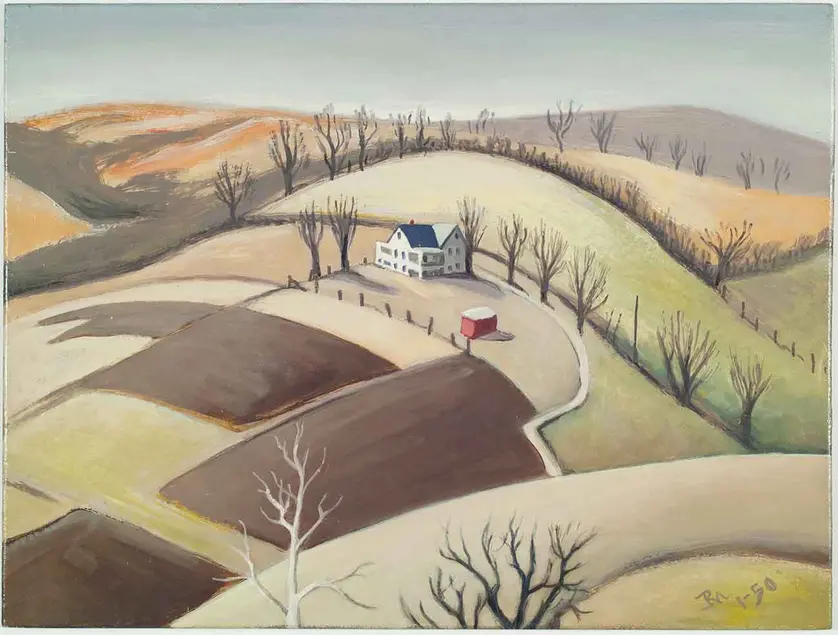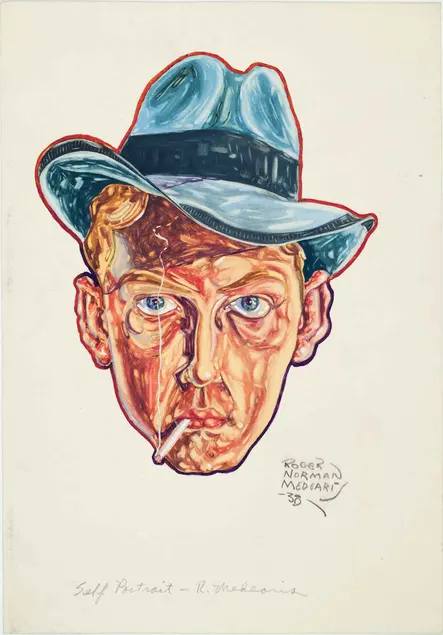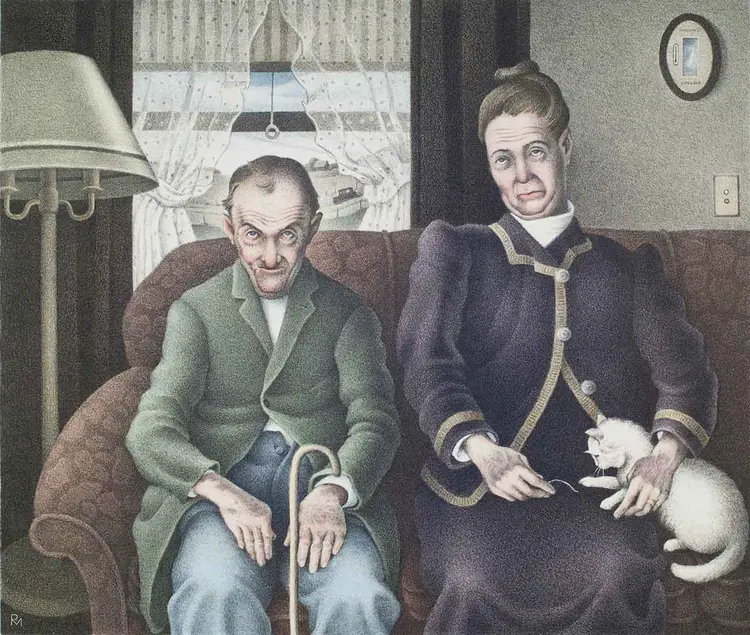Roger Medearis: His Regionalism
"Roger Medearis: His Regionalism," is an exhibition that runs from June 16 through Sept. 17 in the Chandler Wing of the Virginia Steele Scott Galleries. Drawing on the generous gifts made to The Huntington by Elizabeth Medearis, his widow, loans from private collections, and a painting borrowed from the Smithsonian, the exhibition features 36 works that demonstrate the breadth of his career.





